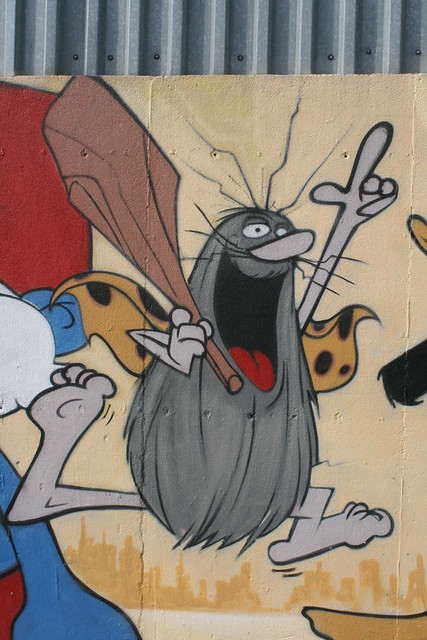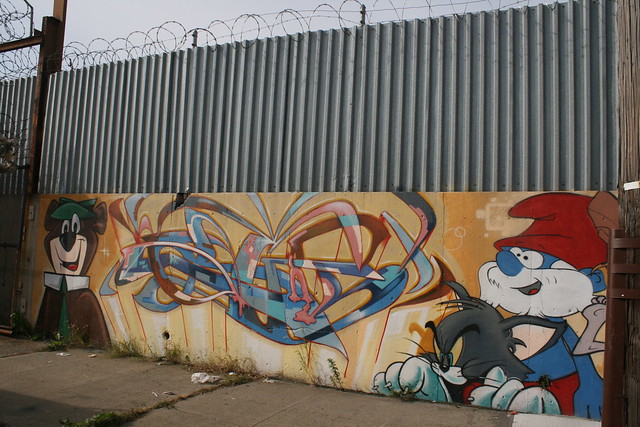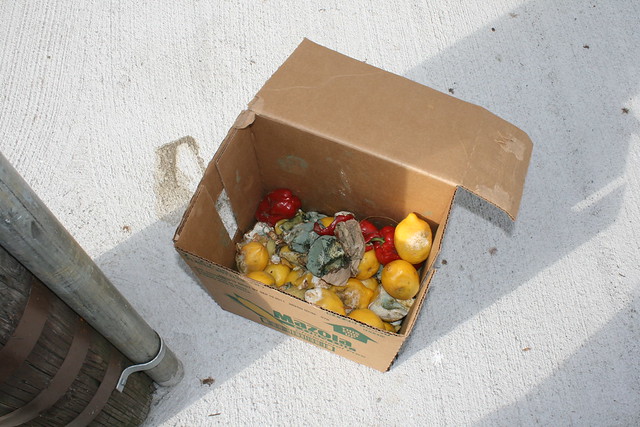Now, it's sort of a slog. First up, combine the different chapters into one document. One chapter, about Five Pointz, has pictures already, but the rest of the thesis does not. Still, it weighs in at 138 pages. Basically, I feel like I've run a third marathon with this puppy. Maybe this is mile 22 or so?
Next, re-reading the entire thing AGAIN. For some of the earlier chapters, this is probably the tenth time I've read them, since many started life as papers for classes I took as part of my masters' program. That's one of the nice things about this Urban Studies program—professors try to help you work your thesis into their classes whenever possible.
Anyway, I've now re-read and rejiggered the first nine chapters, or 43 pages, and I hope to be done with that, and picture selection, by December 12, so I can turn in the whole shebang by the 19th. Oh yes, this motherfucker will happen.
Now, about the "context" that I mention in the title. Perusing Wooster Collective a couple days ago, I ran into this. Wooster Collective is updated pretty infrequently, but every once in awhile, they really clear the air. This is a post about Banksy, who is arguably the most famous street artist around, and while I am writing about authorized graffiti murals, and not (mostly often) unauthorized street art, both phenomenon are weakened considerably when they are taken out of the contex in which they were created. The chap over at Vandalog likens it to telling a joke with just the punch line, and nothing else.
As chance would have it, I make a similar argument in my paper, by quoting from Walter Benjamin's The Work of Art in the Age of its Technological Reproducibility, which he wrote in 1939. To wit:
"The uniqueness of the work of art is identical to its embedded-ness in the context of tradition. This tradition itself is thoroughly alive and extremely changeable. What was equally evident to both was its uniqueness, its aura."
I delve into this quote a lot in my thesis, but the basic premise is that graffiti murals can't be anywhere BUT the street, because of their connection to the gritty reality that the street embodies. Likewise, if you only look at a piece like this:

You will not understand that it is embedded in a scene like this:

Or this:

Or that another part of this scene is this:

Mmmmm, rotten produce....
These are a from my visit to Hunt's Point in the Bronx, the home of the TATs Cru, and they'll be a part of chapter ten of what will come to be known as either "New York City Graffiti Murals: Signs of Hope," "New York City Graffiti Murals: Marks of Distinction," or something else if inspiration strikes me.
No comments:
Post a Comment